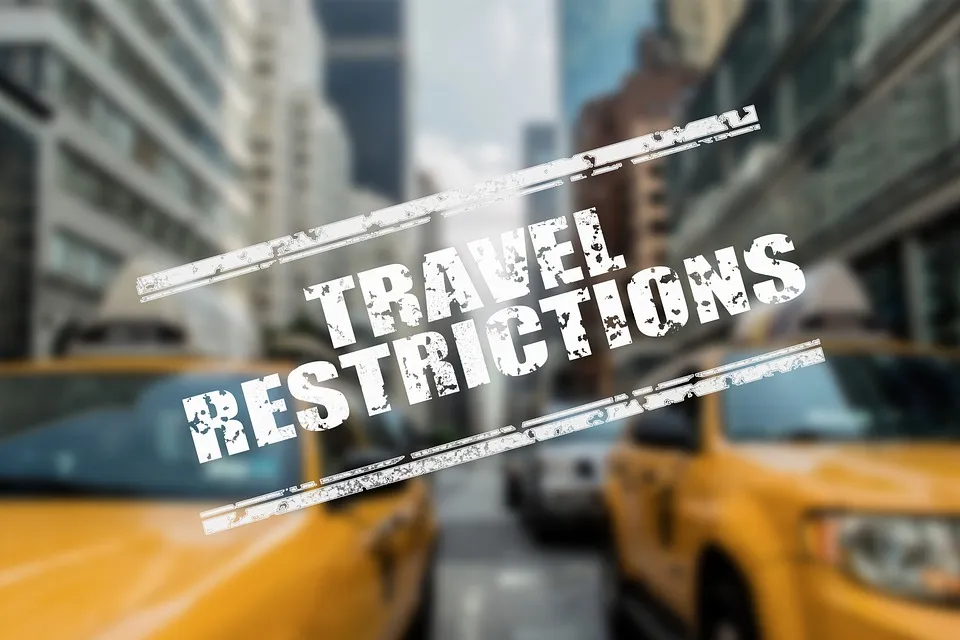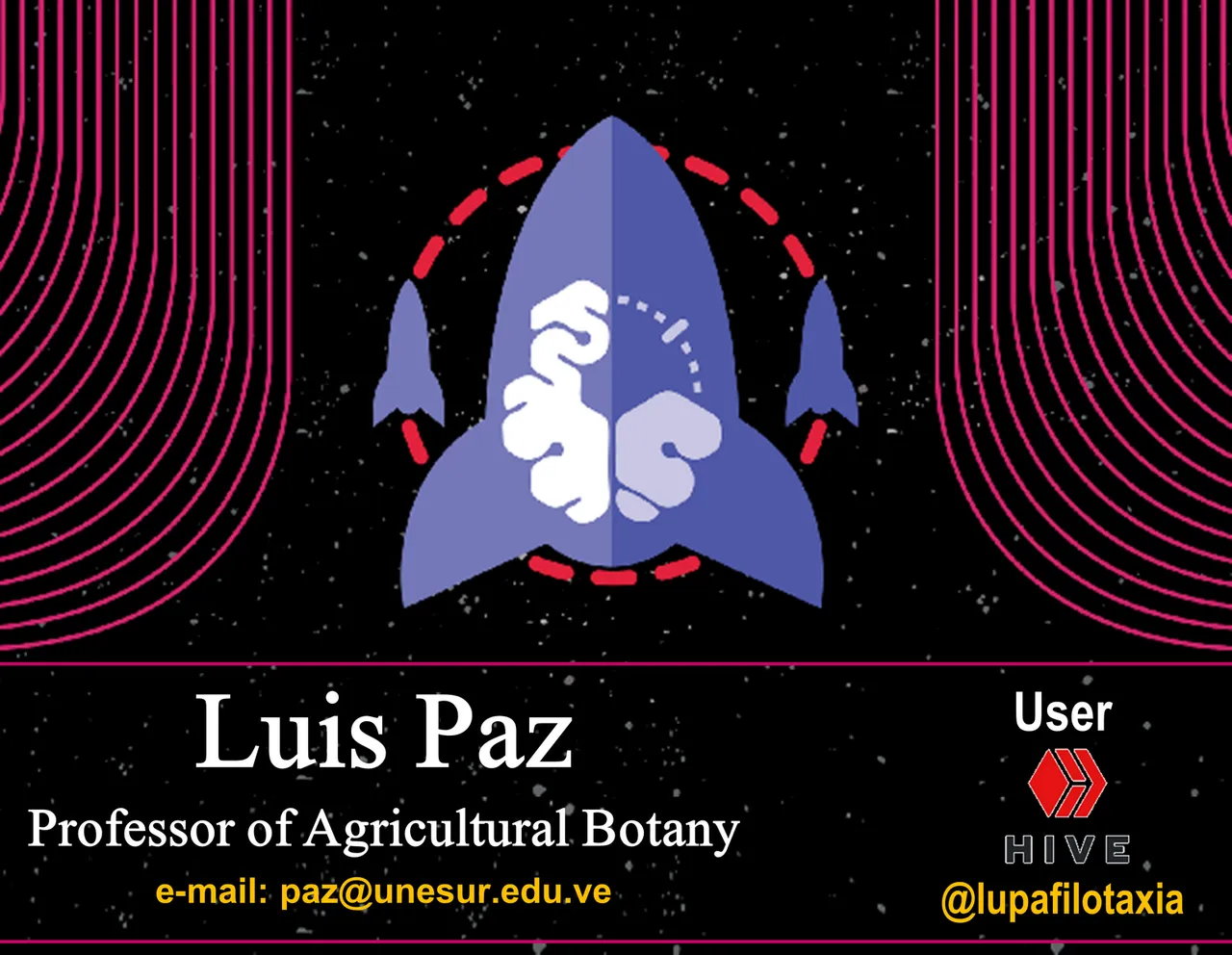
Border closure was probably the central and most discussed issue since the beginning of the Coronavirus pandemic (COVID-19), because according to intuitive interpretations, governments on a global scale considered border closure as the most expeditious action to stop the exponential contagions that were beginning to be recorded at that time.
However, after the collective closure of land and area borders, the medical community, represented by scientific organizations, put forward their point of view and expressed that the closure of borders would have serious consequences that would aggravate the pandemic.

Fig. 2 For science, the collective closure of land borders and areas aggravated the pandemic. Image of public domain, Author: Iximus, 2020
Hence, more than a year after the collective closure of the land and area borders, and having already gathered sufficient information through experimental studies, the scientific community has come to the conclusion that closing the borders was a serious mistake.
According to experimental approaches, the restrictions of land borders and areas managed to slow down the onset of the pandemic to a very low percentage, so that they only delayed the rise of the peak of contagion, which is why it is inferred that these closures have generated more harm than good.
BIBLIOGRAPHICAL REFERENCES CONSULTED:
[1] Hossaina M., Junus A., Zhu X., Jia P The effects of border control and quarantine measures on the spread of COVID-19. Article: Online access
[2] Anyukhina I Closed Borders: The Impact Of COVID-19 On The Work Of Expat Experts In Russia. Article: Online access
OBSERVATION

